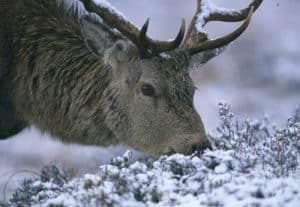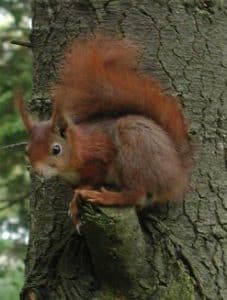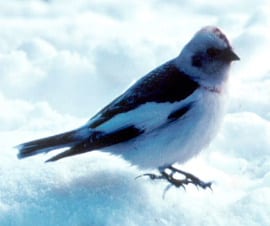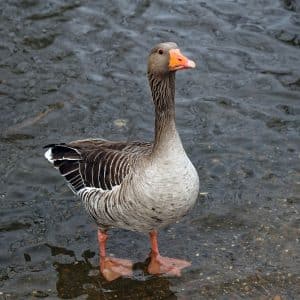At any time of year Scotland is a brilliant place to watch wildlife, but now that Autumn is well and truly upon us and with winter approaching, here are a just a few things you should be looking out for in particular.
 Red Deer – Early summer is the best time to watch hinds and calves, as within the herd they are highly sociable. Red deer are more active during the morning and evening but can be seen more often during the long daylight hours of summer. The best time to see stags is during the autumn rut and they are more active in cold weather and rain, wallowing in mud, roaring and fighting other stags. Red deer are still found by the thousands in upland forests and moorlands throughout Scotland.
Red Deer – Early summer is the best time to watch hinds and calves, as within the herd they are highly sociable. Red deer are more active during the morning and evening but can be seen more often during the long daylight hours of summer. The best time to see stags is during the autumn rut and they are more active in cold weather and rain, wallowing in mud, roaring and fighting other stags. Red deer are still found by the thousands in upland forests and moorlands throughout Scotland.
 Red Squirrel – Resident throughout the year, red squirrels are active by day. They look their best in winter, with their thicker coats and characteristic ear tufts. The thicker coat on the back can be tinged with a green or grey colour.
Red Squirrel – Resident throughout the year, red squirrels are active by day. They look their best in winter, with their thicker coats and characteristic ear tufts. The thicker coat on the back can be tinged with a green or grey colour.
In winter the tail is also much thicker and serves as an umbrella when out feeding and a warm sleeping bolster when sleeping. When it is cold, squirrels spend short periods of the day, between periods of foraging, warming up in one of the dreys (or nests) they have built in their territory. During the spring and summer the coat can moult to an orange/red with a blond tail.
 Snow bunting – Snow buntings are large buntings, with striking `snowy’ plumages. Males in summer have all white heads and underparts contrasting with a black mantle and wing tips. Females are a more mottled above. In autumn and winter birds develop a sandy/buff wash to their plumage and males have more mottled upperparts. Globally they breed around the arctic from Scandinavia to Alaska, Canada and Greenland and migrate south in winter. They are a scarce breeding species in the UK, in Scotland, making tham an Amber List species. They are more widespread in winter in the north and east when residents are joined by continental birds.
Snow bunting – Snow buntings are large buntings, with striking `snowy’ plumages. Males in summer have all white heads and underparts contrasting with a black mantle and wing tips. Females are a more mottled above. In autumn and winter birds develop a sandy/buff wash to their plumage and males have more mottled upperparts. Globally they breed around the arctic from Scandinavia to Alaska, Canada and Greenland and migrate south in winter. They are a scarce breeding species in the UK, in Scotland, making tham an Amber List species. They are more widespread in winter in the north and east when residents are joined by continental birds.
 Greylag goose -The ancestor of most domestic geese, the greylag is the largest and bulkiest of the wild geese native to the UK and Europe. In many parts of the UK it has been re-established by releasing birds in suitable areas, but the resulting flocks (often mixed with Canada geese) found around gravel pits, lakes and reservoirs all year round in southern Britain tend to be semi-tame and uninspiring. The native birds and wintering flocks found in Scotland retain the special appeal of truly wild geese.
Greylag goose -The ancestor of most domestic geese, the greylag is the largest and bulkiest of the wild geese native to the UK and Europe. In many parts of the UK it has been re-established by releasing birds in suitable areas, but the resulting flocks (often mixed with Canada geese) found around gravel pits, lakes and reservoirs all year round in southern Britain tend to be semi-tame and uninspiring. The native birds and wintering flocks found in Scotland retain the special appeal of truly wild geese.
It may be feeling a bit nippy out there, but wrap up warm, look out your camera and your binoculars and go and see what wildlife is awaiting you. This is just a taster of what you might see – please let us know about any sightings you have, particularly any rarer ones.
